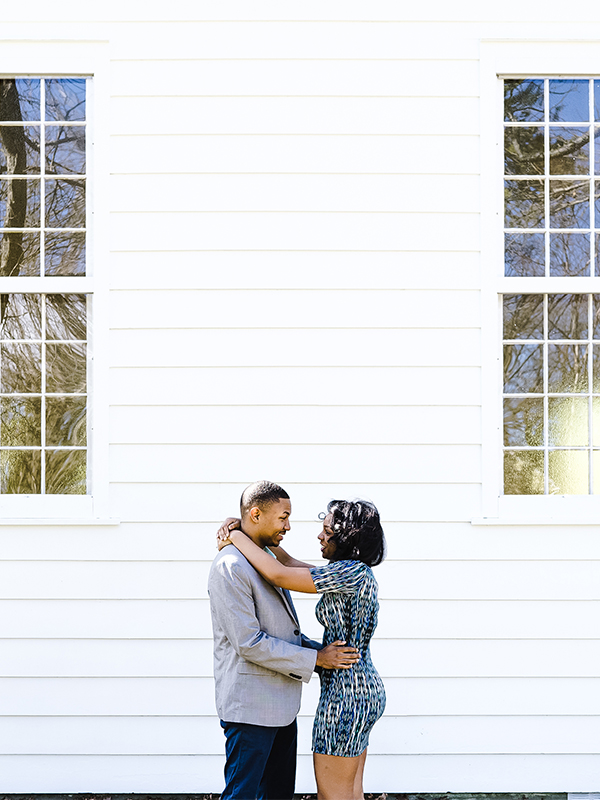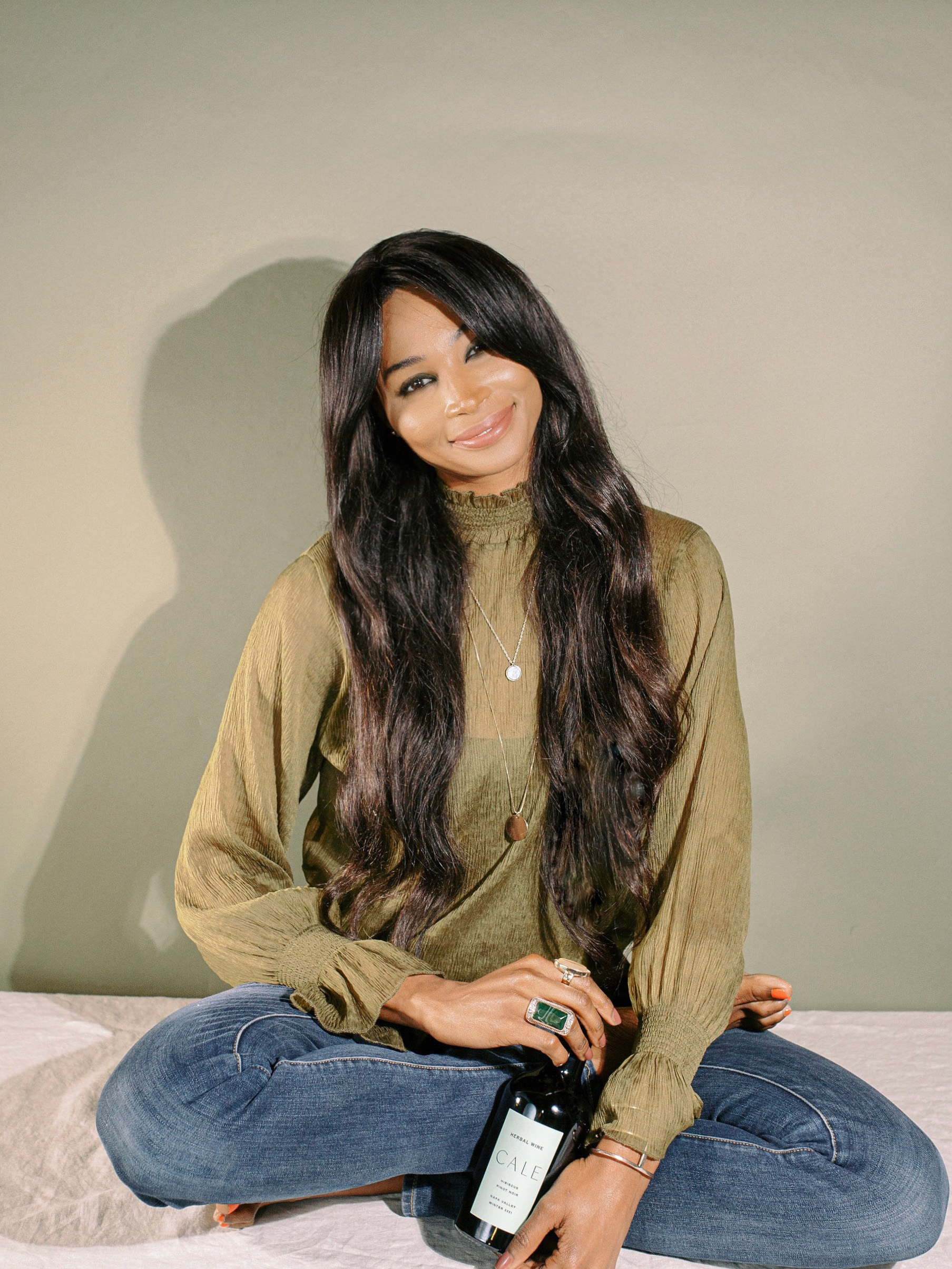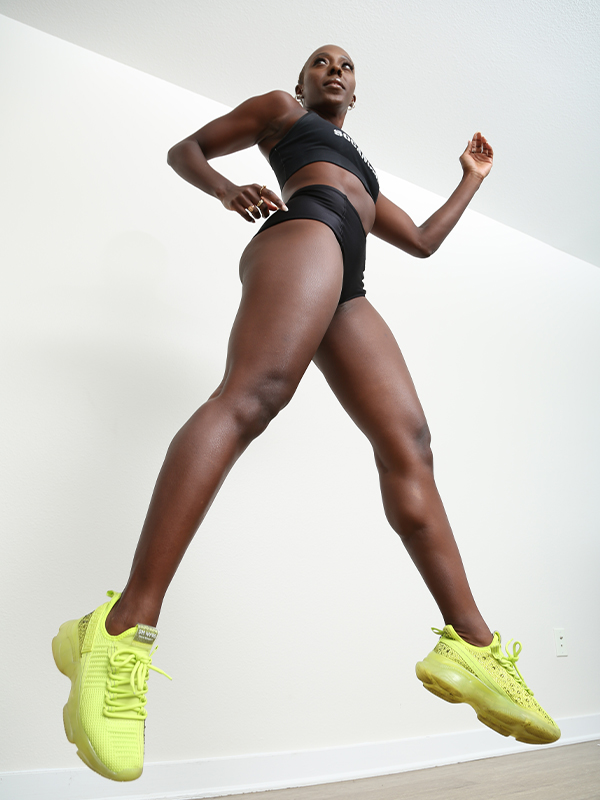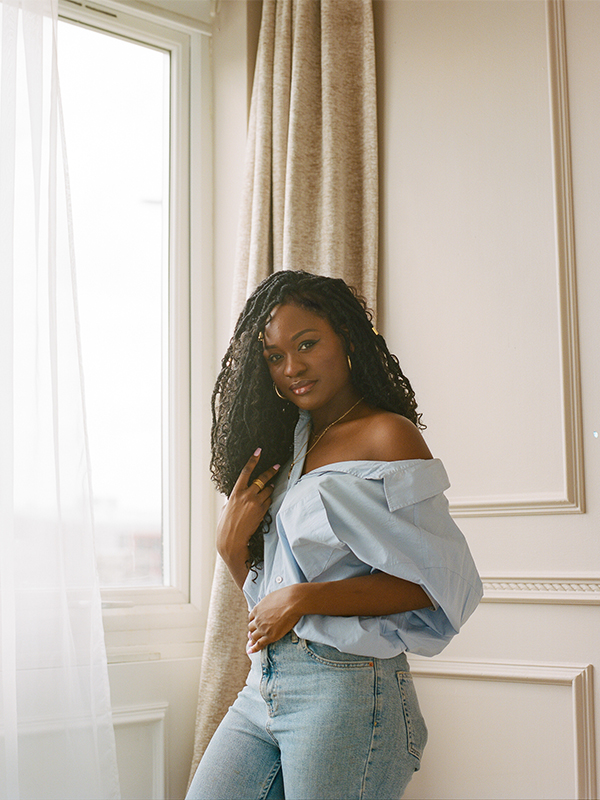Decorating a home with a partner—whether it’s your first time living together or your third remodel of your family home—can be an exciting time. But what might seem like a breezy endeavor could quickly turn into a clash of wills if you discover that you and your partner have different preferences on design style, room layouts and budget.
As is the case with all partnership challenges, talking it out is crucial. “The first rule of a healthy relationship is to communicate,” Michelle Villemaire, an interior designer featured on Weekend Refresh, hosted by Tia Mowry, tells Sweet July. “So sit down and talk about your style and look at where there’s overlap in the Venn diagram. One person can be farmhouse, somebody can be mid-century modern, but you’ve got clean lines in the middle where you can meet.”
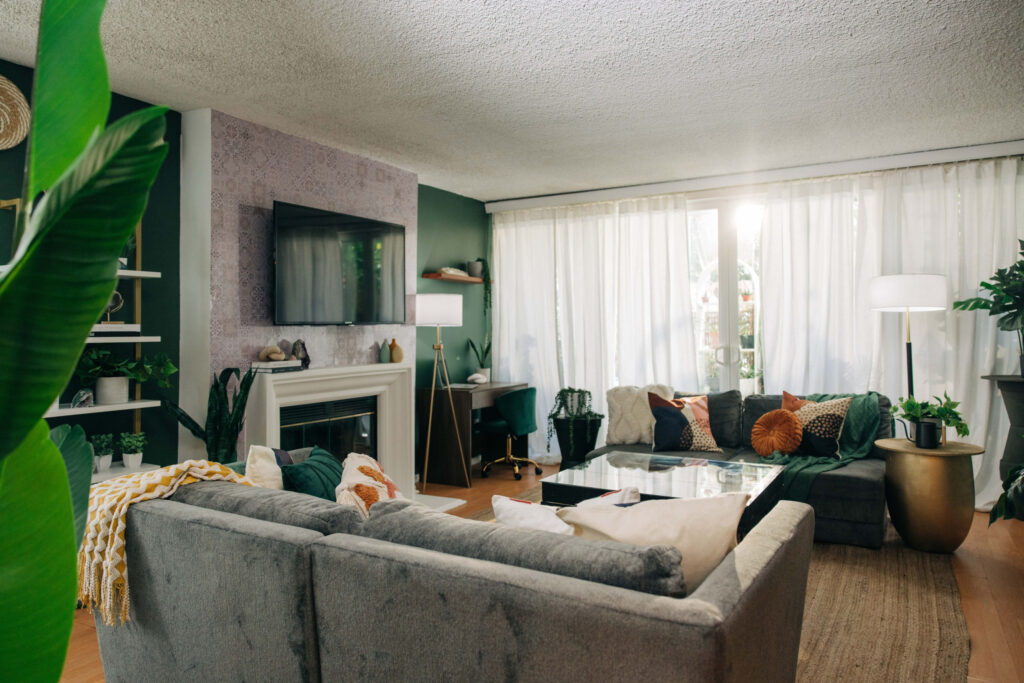
It might seem like the best way to avoid confrontation, but having no opinion isn’t always the best strategy either, according to Ayesha Usman, a Seattle-based interior designer. “In most of the cases where I have worked with clients [in heterosexual relationships] who were coming from two different directions aesthetically, 80 percent of the time, the woman gets to choose what they want, and it works out and the guys are usually happy with the end result,’” says Usman. If this school of thought—letting one person decorate the entire home—is what works for your situation, determining what help the person leading the charge might still need from their partner, regardless of what level they want to be involved, is important.
Feeling overwhelmed, no matter how or if you divide, is natural. That’s where hiring an interior designer might come in. Usman has many couples as clients, and she describes her working process as “a collaboration between the couple, with input from the interior designer that helps them determine the best path to take.”
Her expertise is mixing different styles and time periods, which is ideal for working with couples who are not aesthetically aligned initially. Having different styles is okay, she emphasizes, and is almost always going to be the case.
“We don’t really have to make a room extremely bohemian or vintage or mid-century or contemporary,” says Usman. “It could be that a few different styles coexist in a space.” Many of Usman’s clients are also blending cultural influences. “I have a lot of clients from India and Pakistan. They have a lot of sentimental pieces that they want to incorporate into their design. You can be from South Asia or Europe, and you would see me incorporating that into your space.”
While an in-person designer that’s working directly with you and your partner is going to give you the most individualized attention (and possibly unique finds!), check out Havenly for some virtual guidance, which offers styling advice on several different payment plans.
As for Villemaire, she is an “advocate for DIY.” She adds, “I think that everybody has it in them. Before you go and spend money and meet somebody who really doesn’t know who you both are, what makes you tick and what you love and what gives you joy, I would try to do it yourselves. There’s so many resources out there that you can use, like apps where you and your partner can actually create little mood boards or design plans.” Villemaire recommends apps like Spoak and Procreate for easy design plans.
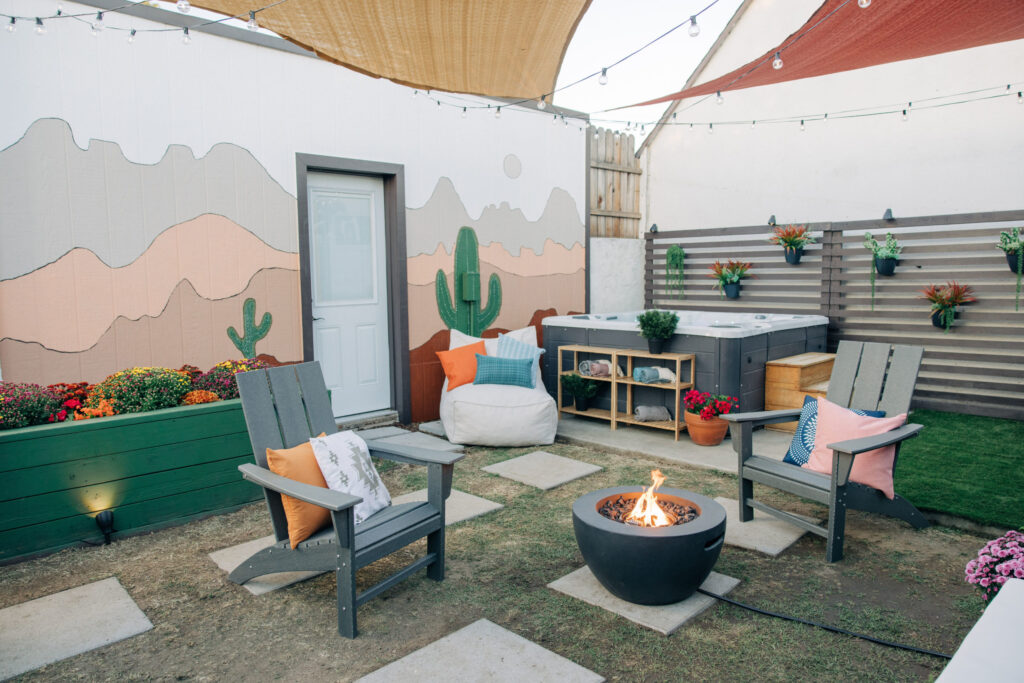
When possible, try to carve out individual sanctuaries (even if it’s just a section of a room). “Find your own space within your shared space,” says Villemaire. “Maybe that’s a bathroom you can go big and bold in, or you want to create your own workspace, or maybe you want to make a shoe closet. Just find a space where you can really have fun with your style. Because otherwise, you’re going to have resentment and feel like you compromised on everything.”
Even with attention to individuality, a home should feel like a true merge of identities. Villemaire suggests incorporating shared memories to help with this. “I have a lot of clients from India and Pakistan, and they have a lot of sentimental pieces from their home regions that they want to incorporate into their designs, things that are really pretty and would also remind them of places they’ve been or places they’re from,” she says. “That’s a big part of creating spaces that have sentimental values and that can grow with people over time.”
When you decorate a home with your partner, always remember: you’re not just putting pretty things into various rooms. You’re designing a life, building a home, and laying the foundation for your memories going forward. It should be a fun experience that bonds you. If and when conflict arises, turn to the reason you chose to live with them in the first place.
“Just remember that you probably have more in common than you have differences,” Villemaire says. “After all, you did choose to build a life with this person. Discovering your styles as individuals and as a couple can be a fun process. Just enjoy it because nothing is permanent, from the layout to the actual furniture. We can always evolve our styles together with our partners. That’s the beauty of life and design.”
